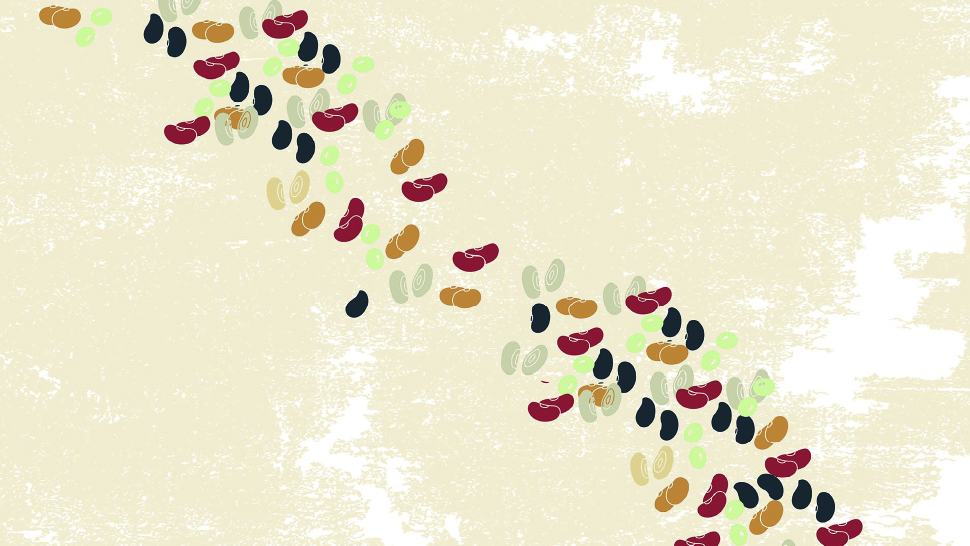
For Earth Day, we’re answering the key question on everyone’s minds: “How can we fight the climate crisis and support a more fair food system?” Beans is how. (Well, it’s at least the answer on our minds…) In celebration of our new partnership with Beans is How, a campaign dedicated to reducing consumption of carbon-intensive (and expensive) animal-based proteins by doubling bean consumption by 2028, we’re shining a spotlight on delicious, nutritious, affordable, and climate-friendly beans, peas, and lentils! Check out the four key reasons beans are more sustainable below.
But first, to prevent confusion, we want to clarify that pulses are the edible portion of any legume, which refers to plants from the Fabaceae family. Pulses include everything from beans and peas to lentils.
Cool beans. For starters, pulses release 90% less greenhouse gasses than some animal proteins like beef.ii When looking at emissions per 100 grams of protein, beef produces 35.5 kilograms (kg) of CO2 equivalent (CO2eq) and legumes produce only 0.5kg CO2eq.iii Incorporating beans into the diets of ruminants (like cattle or dairy cows!) actually reduces their methane emissions too.
Every fiber of their bean-ing fixes nitrogen. Growing beans is also far less environmentally taxing and fosters more sustainable agricultural methods. Overall, legumes have nitrogen-fixing properties due to bacteria. This basically means they need less added fertilizer. For example, a UN report from 2014 found that the 85 million hectares of pulses cultivated fixed approximately 3-6 million tons of nitrogen.
Pulses and agriculture are meant to bean. Including any pulses in a crop rotation reduces common risks of soil erosion, and intercropping or crop rotation with pulses leads to higher soil carbon sequestration!vi Plus, those nitrogen-fixing properties actually will benefit other crops, reducing need for nitrogen-based fertilizers for other crops as well!
Pulses won’t bean missing water. Finally, pulses use less water than other protein source. For each gram of protein, the water footprint of pulses is 34% that of pork and 17% that of beef.
Are you becoming a bean-liever? Get the scoop on the health qualities of pulses and explore enticing bean-cipes from our registered dietitians. Plus, learn more about how cultures around the globe have historically used pulses in their diets.